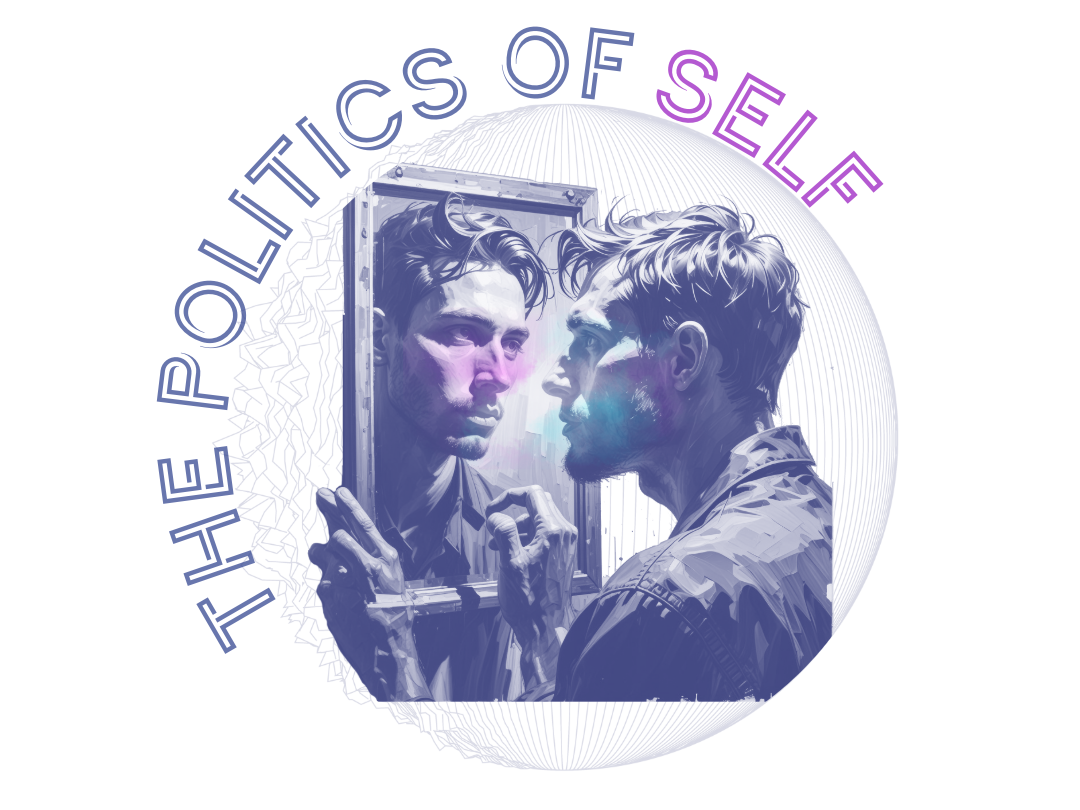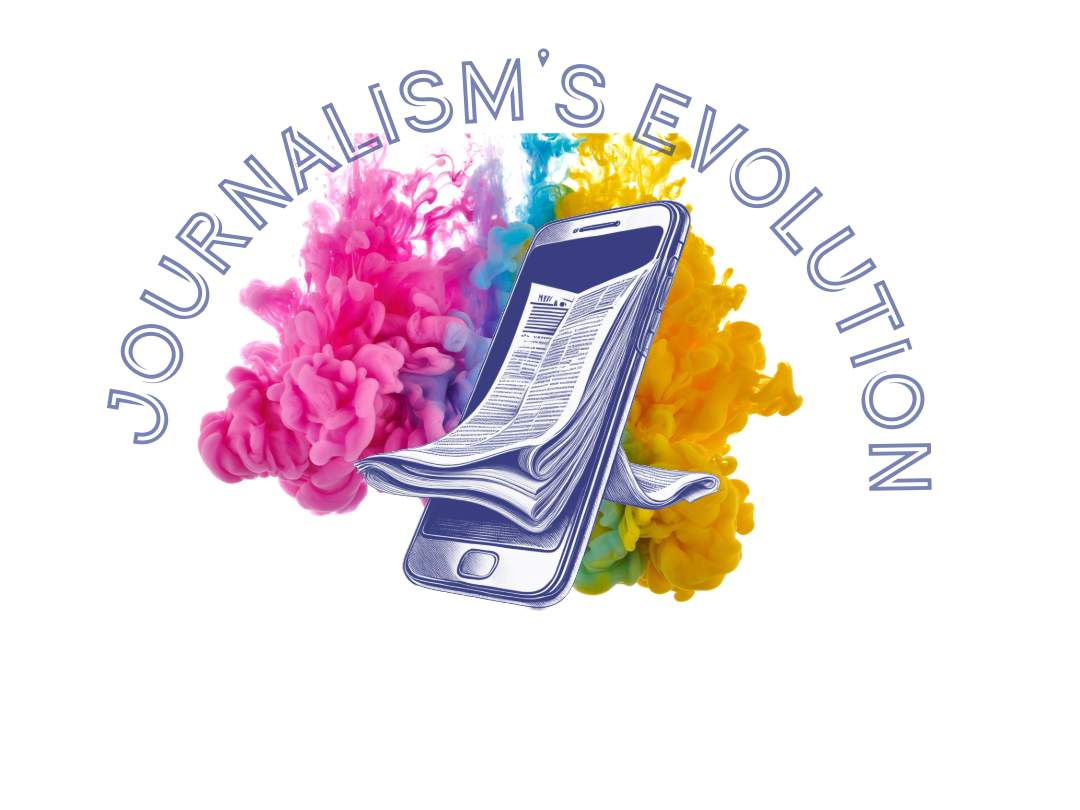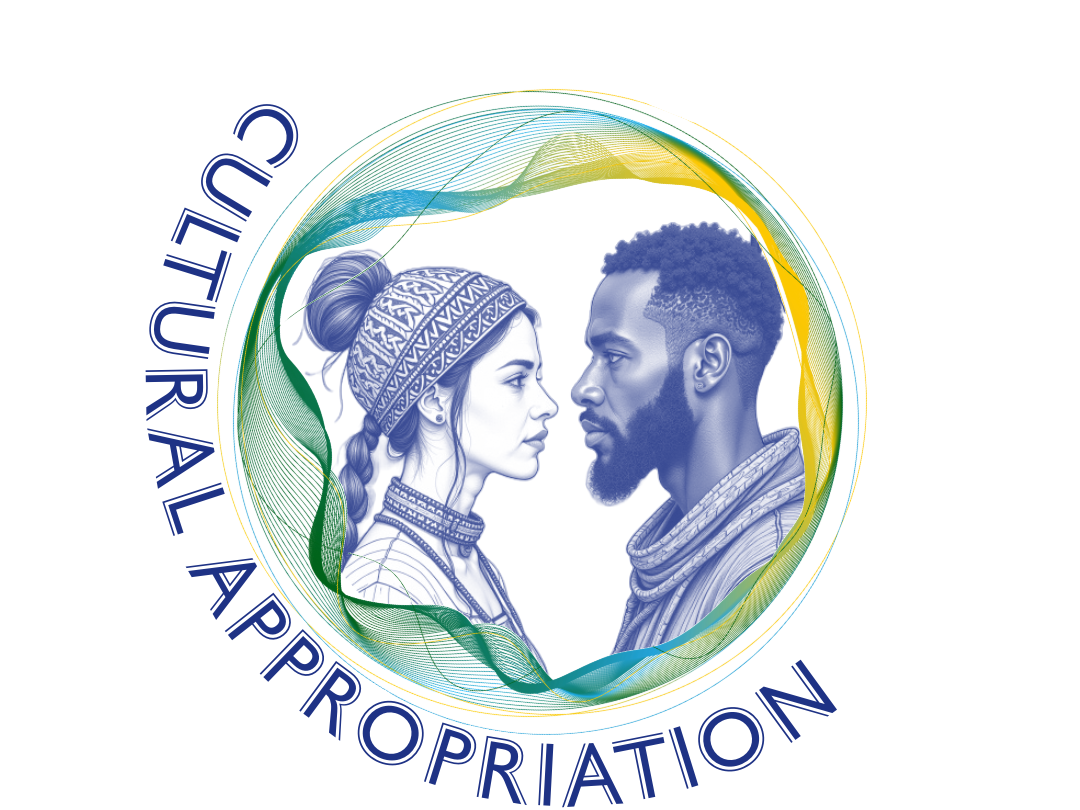The Psychological Shift
Why Traditional Media Declines as News Influencers Rise
November 20, 2024
The media landscape in the United States has undergone a seismic shift in recent years, with traditional outlets struggling to maintain relevance amid the growing dominance of social media influencers. This transformation is not merely technological; it is deeply rooted in the psychological needs and preferences of modern audiences. By examining the rise of news influencers and the concurrent decline of legacy media, we uncover a story of trust, relatability, and evolving consumer habits.
The Psychological Appeal of News Influencers
Traditional media once held a near-monopoly on information, offering content curated by professional journalists and editorial teams. However, today’s consumers increasingly seek more personal, relatable, and flexible news formats. News influencers, defined by Pew Research as individuals with over 100,000 followers who regularly post about current events on social media platforms, satisfy this demand through content tailored to the psychological needs of their audiences (Stocking et al., 2024).
1. Trust and Relatability
Trust in traditional media has steadily eroded over the past decade. A Pew Research study notes that Americans often view traditional outlets as biased, distant, or beholden to corporate interests (Lipka & Shearer, 2023). Meanwhile, news influencers, who typically operate independently, are perceived as more authentic. By sharing their opinions and personal experiences, influencers create an illusion of intimacy that fosters trust.
This relatability is particularly powerful among younger audiences. Pew’s data shows that 37% of adults under 30 get their news from influencers, compared to just 21% of all adults (Stocking et al., 2024). Younger consumers, raised in the digital age, gravitate toward influencers because they present news in a conversational, accessible format that mirrors social interactions rather than formal broadcasts.
2. The Power of Community
Another key factor in the success of influencers is their ability to build interactive, niche communities. Traditional media operates on a one-to-many model, delivering news to broad audiences without personalized engagement. In contrast, influencers use social media tools like comments, live streams, and direct messaging to foster a sense of community.
For many, being part of an influencer’s following feels like belonging to a group of like-minded individuals. This social connection fulfills a basic human need for belonging, as identified in Maslow’s hierarchy of needs. Influencers, therefore, become not just information sources but also community leaders who provide validation and emotional support (Huff, 2022).
3. Cognitive Ease and Accessibility
Traditional news formats often require significant cognitive effort. Long-form articles, formal broadcasts, and in-depth analyses demand attention spans and critical thinking that modern consumers—especially digital natives—may find burdensome. Influencers, on the other hand, package information in bite-sized, engaging formats such as TikTok videos, Instagram reels, or Twitter threads.
This accessibility appeals to a psychologically overstimulated audience. As the American Psychological Association highlights, the 24/7 news cycle has created a culture of information overload, leading to anxiety and decision fatigue. Influencers offer a remedy by simplifying complex issues and filtering the overwhelming influx of news into manageable, relatable narratives (Huff, 2022).
The Psychological Struggles of Traditional Media
While news influencers thrive on relatability, accessibility, and community, traditional media struggles with the psychological barriers it has inadvertently erected.
1. Eroding Trust and Perceived Bias
Pew Research reports declining public trust in legacy outlets, with many Americans believing that traditional news organizations are biased or serve political and corporate agendas (Lipka & Shearer, 2023). This perception is particularly damaging in an era where audiences value transparency. Influencers, by contrast, are seen as individuals without hidden motives, even when they clearly express political or social biases (Stocking et al., 2024).
2. Detachment and Institutionalization
The corporate structure of traditional media can create a psychological barrier for audiences who crave personal connection. News anchors, reporters, and columnists often appear distant and inaccessible, reinforcing the idea that news organizations are out of touch with the everyday concerns of their viewers. Influencers break down this wall by sharing personal anecdotes, directly addressing followers, and engaging in real-time interactions (Stocking et al., 2024).
3. Inflexibility and Slow Adaptation
The rigid formats of legacy media also contribute to its decline. While influencers adapt their content to evolving platforms and audience preferences, traditional outlets often cling to established practices. This inflexibility is particularly problematic in a fast-paced digital environment where audiences expect immediacy and innovation.
For instance, Pew notes that 85% of news influencers maintain a presence on X (formerly Twitter), and many diversify across multiple platforms, including TikTok and YouTube. Their agility allows them to reach fragmented audiences, while traditional media often struggles to compete in these decentralized spaces (Stocking et al., 2024).
The Role of Personal Identity in News Consumption
A unique feature of influencers is their integration of personal identity into their content. Many influencers openly share their political views, values, or affiliations, creating a sense of authenticity and solidarity with their audiences. According to Pew, 18% of influencers explicitly express support for specific causes or identities, such as LGBTQ+ rights or environmental activism (Stocking et al., 2024).
This personal touch resonates deeply with audiences who view news not just as information but as a reflection of their own values and beliefs. Traditional media, with its emphasis on objectivity, often fails to connect with audiences on this emotional level (Lipka & Shearer, 2023).
A Changing News Ecosystem
The rise of news influencers does not signal the death of journalism but rather a transformation in how news is consumed and shared. Influencers excel at meeting the psychological needs of a fragmented, overstimulated audience by providing trust, community, and accessibility. Traditional media, while still vital for investigative reporting and in-depth analysis, must adapt to remain relevant.
The future of media and news consumption will likely see a hybrid model emerge. Traditional outlets will need to embrace the strengths of influencers—personalization, accessibility, and audience engagement—while retaining their credibility and resources for deep investigative reporting. Some legacy organizations are already experimenting with influencer-like strategies, such as interactive digital formats and fostering closer connections with their audiences.
At the same time, influencers will face challenges as their role expands. Greater scrutiny over misinformation and accountability could push them to adopt some of the ethical standards of traditional journalism. Regulation and platform policies will also play a critical role in shaping their influence.
In the next decade, news consumption could become more decentralized, with consumers curating information from a blend of sources, including influencers, traditional outlets, and emerging AI-driven news aggregators. Audiences will likely continue to prioritize relatable, diverse, and interactive content, making the psychological underpinnings of news consumption—trust, connection, and simplicity—key drivers of the evolving landscape.
The battle for relevance in this shifting ecosystem will not be won solely by those with the biggest platforms or oldest traditions but by those who can understand and respond to the emotional and psychological needs of their audiences. In the end, the future of news will be defined not just by who delivers it but by how well they connect with the people they serve.
References
Huff, C. (2022, November 1). Media overload is hurting our mental health. American Psychological Association. Retrieved from https://www.apa.org.
Lipka, M., & Shearer, E. (2023, November 28). Audiences are declining for traditional news media in the U.S. – with some exceptions. Pew Research Center. Retrieved from https://www.pewresearch.org.
Stocking, G., Wang, L., Lipka, M., Matsa, K. E., Widjaya, R., Tomasik, E., & Liedke, J. (2024, November 18). America’s news influencers: The creators and consumers in the world of news and information on social media. Pew Research Center. Retrieved from https://www.pewresearch.org.
________________________________________
Copyright Notice & Intellectual Property Rights
This article is the intellectual property of Vesselina Davenport and is protected by copyright law. All content, including text, analysis, and multimedia, is owned by the author unless otherwise indicated. Unauthorized reproduction, distribution, or transmission of any portion of this article is strictly prohibited without prior written consent from the author, except in cases of non-commercial use permitted under fair use provisions.
Citations and Sources
This article draws from publicly available information, including but not limited to Huff’s exploration of media overload and its impact on mental health (Huff, 2022), Lipka and Shearer’s analysis of the declining audiences for traditional news media in the U.S. (Lipka & Shearer, 2023), and Stocking et al.’s examination of the role of news influencers in the age of social media (Stocking et al., 2024). All external sources are accurately cited, with complete citations provided for verification. To reference this article, please attribute it to the original author and link to the full content.
Any third-party quotes, excerpts, or materials included are used for educational and informational purposes under the fair use doctrine. All third-party content remains the property of its respective copyright holders.
Fair Use Disclaimer
Any third-party quotes, excerpts, or materials included in this article are used for educational and informational purposes under the fair use doctrine. All third-party content remains the property of its respective copyright holders.
Permission for Reuse
Portions of this article may be shared or quoted with appropriate credit to the author and a link to the original content. Any commercial use or modifications require prior written consent from the author.
Article Updates
This article may be periodically revised. Updates or modifications will be reflected on this page. Please check back to access the most current version.
All Rights Reserved | Vesselina Davenport | 2024




